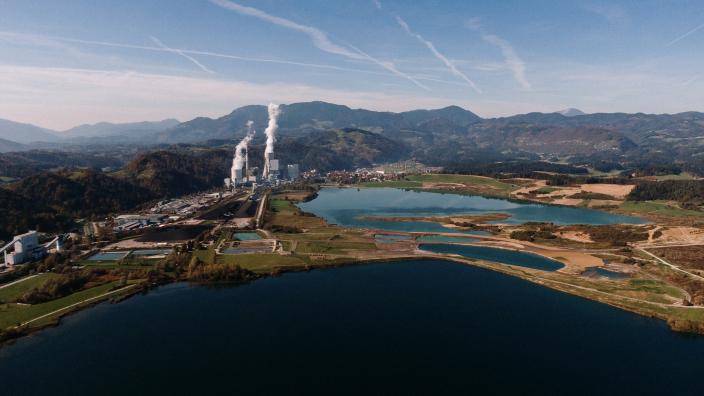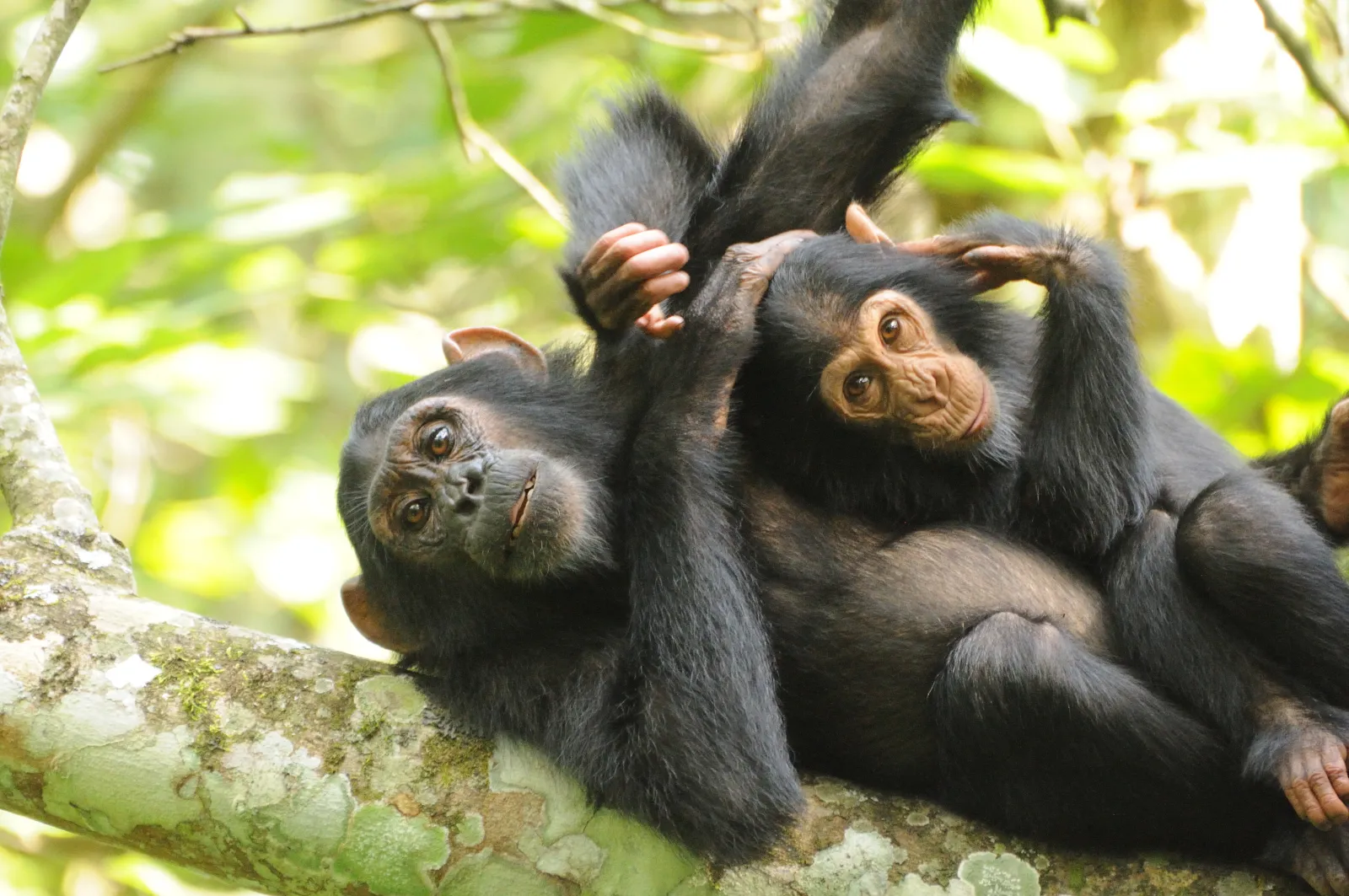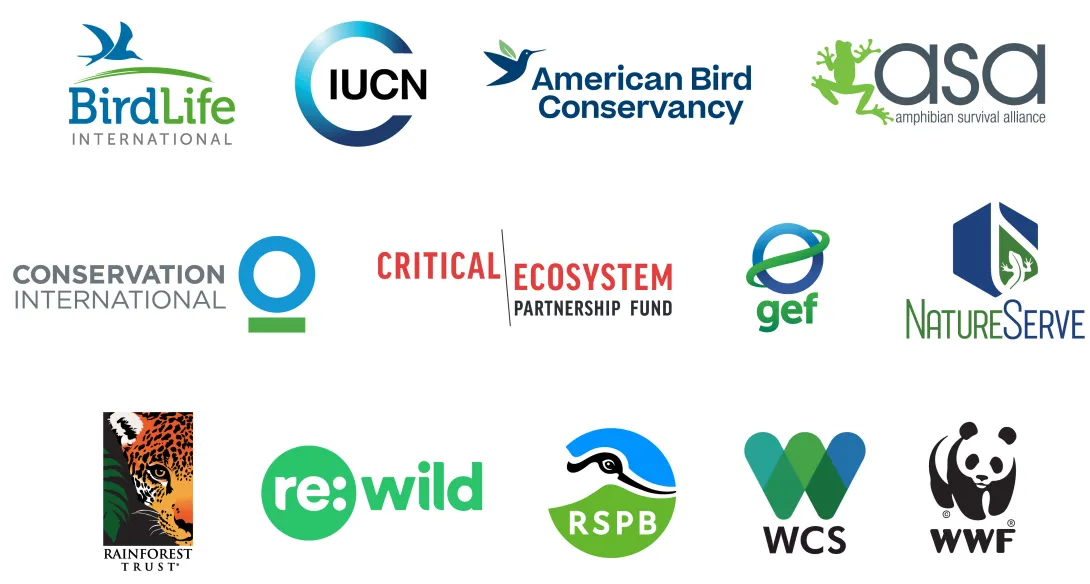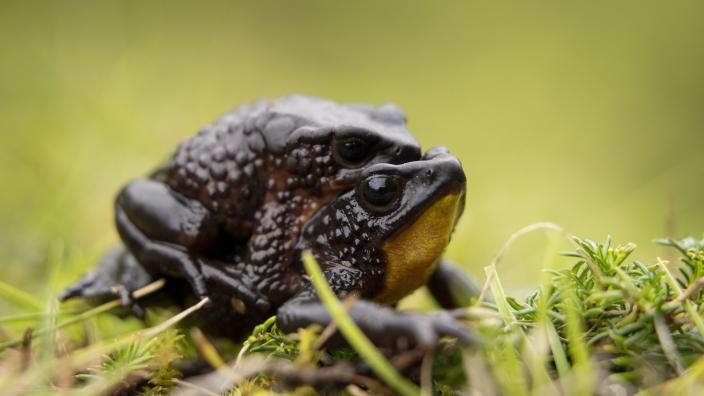
KBA: Key Biodiversity Areas


Where nature thrives
Key Biodiversity Areas (KBAs) are globally significant sites for conservation – crucial places on our planet where unique species and ecosystems occur in important numbers or extent.



Flamingos at Lake Logipi, Northern Kenya. Photo by Martin Harvey.

From lush rainforests teeming with life to colourful coral reefs under threat, we cannot afford to lose these vital sites.

They guide conservation efforts by governments, NGOs, and local communities, attract donor support, and help businesses reduce their impacts on biodiversity. As we face a global environmental crisis, it is crucial to focus our collective efforts on protecting sites that have global significance.



Chimp Juveniles Lying on Branch. Photo by Andrew Plumptre.

The KBA Programme helps identify, map, monitor and conserve these areas, ensuring they remain safe for future generations.


Join us in safeguarding these treasures of nature!


As the Key Biodiversity Area Partnership, we aim to work with countries to identify all KBAs around the world. By mapping these globally significant sites, we can ensure effective conservation for them, the species, and ecosystems they support, and the diverse benefits they provide to people. By uniting our efforts, we can tackle biodiversity loss and reverse the impending mass extinction of species – the world's largest extinction crisis since the demise of the dinosaurs!


